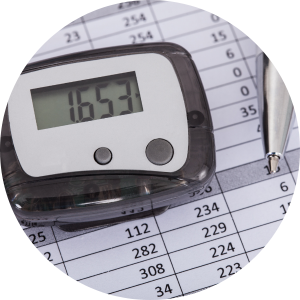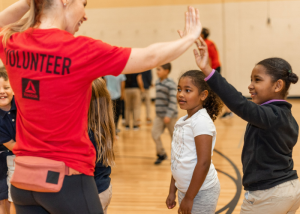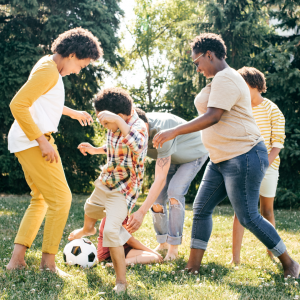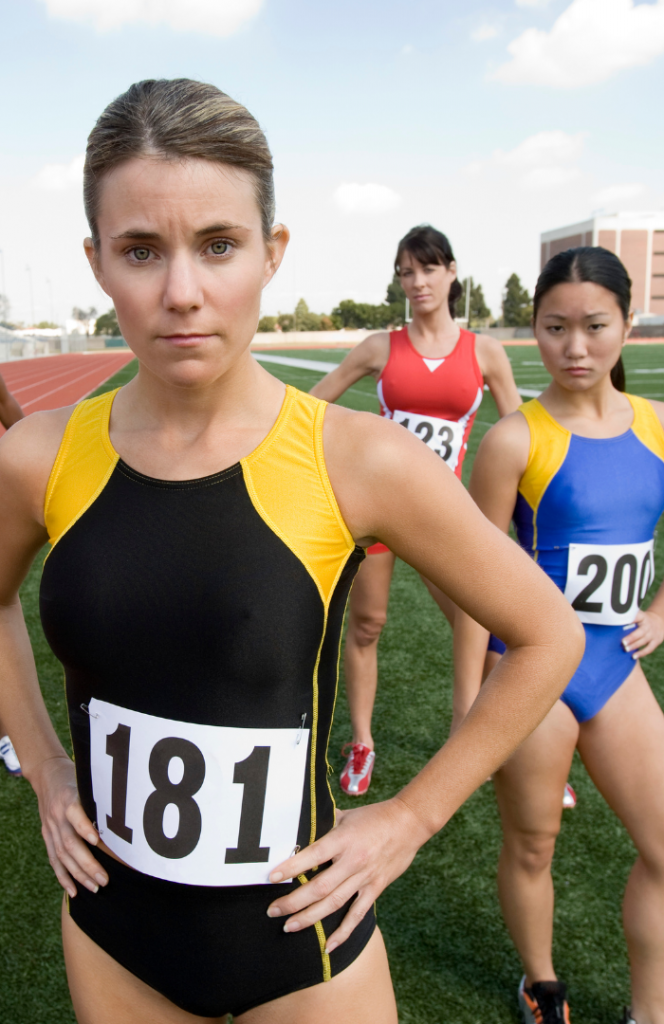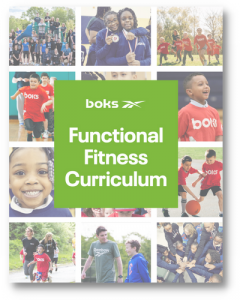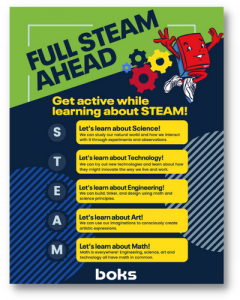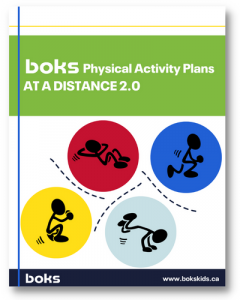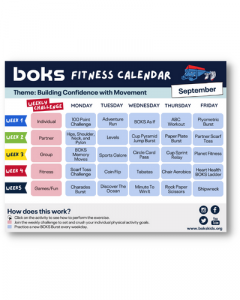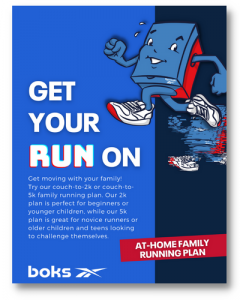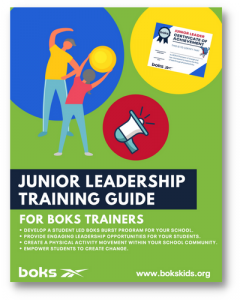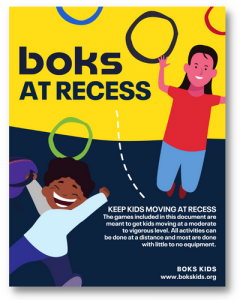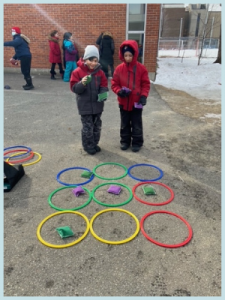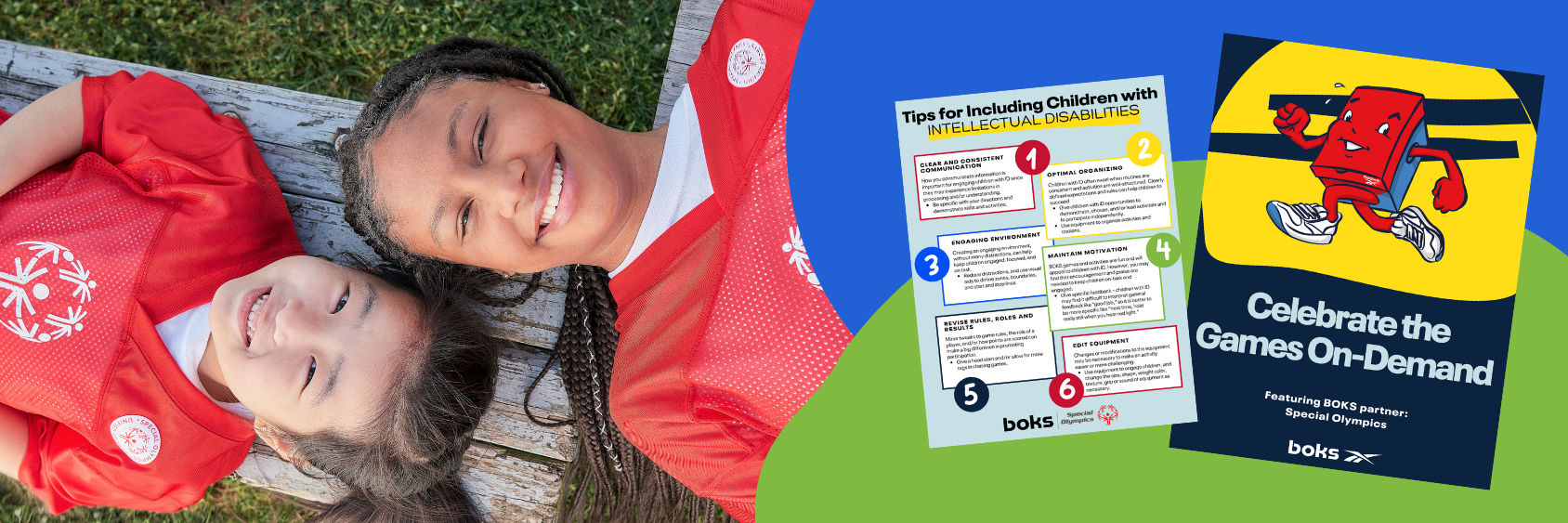
On June 17th in Berlin’s Olympic Stadium, over 7,000 athletes from 170 nations will compete in an inclusive multi-sport competition. In honor of the World Games hosted by our partner, Special Olympics, we’re highlighting the resources we’ve collaborated on over the past year!
Together, we have developed valuable resources such as Celebrate the Games and Tips for Inclusion for each schooling level. Let’s dive in!
Celebrate the Games:
Our Celebrate the Games resource is an exciting compilation of follow-along lessons created by former Olympic and Paralympic athletes, as well as Special Olympics Youth Leaders. These lessons are accompanied by engaging videos designed to keep children of all ages entertained while boosting their heart rates. Whether you’re at school or home, these lesson plans provide an excellent opportunity to celebrate our former Olympians, Paralympians, and Special Olympics Youth Leaders.
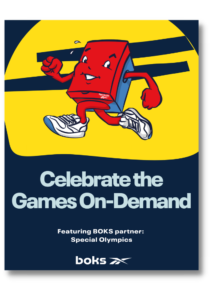
Celebrate the Games also boasts an assortment of Special Olympics-themed BOKS Bursts, games, crafts, and trivia. Utilize this resource to honor and recognize the extraordinary athletes who continuously inspire us.
Follow along with US Special Olympics Youth Ambassador, Kyle, for a swimming-themed 25 minute BOKS class!
Tips for Inclusion:
At BOKS Kids, we firmly believe that every child deserves a chance to experience the joy of physical activity. The Tips for Inclusion resources are specially designed to equip our BOKS trainers with the knowledge and strategies they need to successfully include children with intellectual disabilities (ID).
One of the tips is all about using clear and consistent communication. The tip reads, “Keep it simple and concrete: Abstract terms and jargon can be tricky for some children with ID to grasp. That’s why it’s essential to provide brief instructions using simple language that everyone can understand.” An example of this in practice would be, instead of saying, “Stand over there,” try saying, “Stand next to the red cone.”

To access these resources, simply login to the BOKS Trainer Hub – and as a reminder, everything is 100% free! Let’s continue to celebrate diversity and provide equal opportunities for all children to experience the joy of physical activity. Together, we can create a brighter and more inclusive future.
Learn more about the BOKS x Special Olympics Partnership and how to get involved as a Unified Champion School here.
